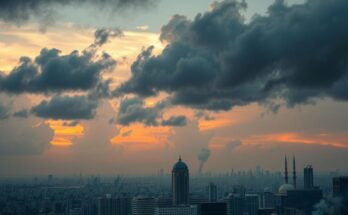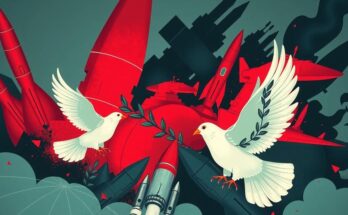Eastern DRC’s conflicts are ongoing due to the M23 rebels’ resurgence, backed by Rwanda and driven by competition for rare earth minerals, ethnic tensions, weak governance, and external influences.
The conflict in eastern Democratic Republic of Congo (DRC) is persistently fueled by a combination of historical, economic, and political factors. The recent resurgence of the M23 rebels, allegedly supported by Rwanda, highlights the ongoing instability in the region. Central to this turmoil is the control of rare earth minerals, which are highly sought after and have intensified competition among various groups. Other contributing elements include longstanding ethnic tensions, weak governmental structures, and external interventions which perpetuate this cycle of violence and insecurity.
In summary, the ongoing conflict in eastern DRC remains a complex issue driven by multifaceted factors including resource control, ethnic strife, and insufficient governance. The international community must consider these dynamics when seeking to support peace and stability in the region.
Original Source: www.dw.com




